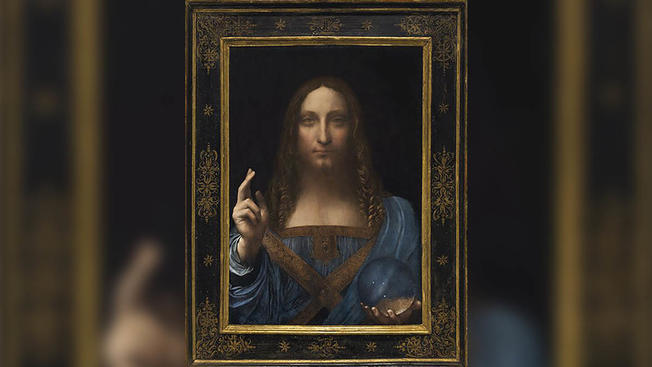It has been just under a month since we have seen the doors of the Louvre Abu Dhabi open with its fantastic structure, but the reception has been not quite so impressive.
Visitors have remarked that there doesn’t seem to be enough content within the corridors of the venture to fulfil its monumental name. I am sure that this comes as quite a blow as the mammoth project has been fraught with controversy and delays. Throughout the build, concerns of the welfare of the migrant workers plagued its progress. They have left a bitter taste in the mouth of the museum, which is supposedly encompassing a “universal” approach to all cultures, with activists still reviewing the conditions under which employees worked.

This leads us to the question: Is the Louvre Abu Dhabi still finding its feet or is it merely a folly to the sky line which will act as window dressing?
We know that huge deals have been made to loan some of the most expensive and impressive art works, with France to bring the museum in line with its name sake. But we all know that money doesn’t go a long way when looking at art of this level of expertise.
The most recent acquisition really brings this home to someone like me. As you will have hopefully seen the reports of the latest authenticated da Vinci painting being brought for $450 million to a mysterious buyer, later to be announced as the Saudi prince, Bader bin Abdullah bin Mohammed bin Farhan al-Saud. This purchase, along with the museum, comes at a controversial time when crack downs are put in place on the exuberant spending and corruption by the crown prince, seeing many influential business men and royal cousins arrested without legitimate charges.
In itself, the painting is quite a debateable purchase for the country. While in Christianity, Jesus was the saviour, within Muslim culture, Jesus was a prophet, and the depiction of prophets is a sacrilegious act. While this purchase does support the ‘universal’ neutrality that the museum is said to offer, this could simply add fuel to the fire of the recent political activities.
The painting shows Jesus performing a benediction (an invocation of divine help, blessing and guidance, usually performed at the end of worship) with his right hand raised, in the left hand a crystal orb, representing his role as saviour of the world and mastery of the cosmos as well as the heavenly sphere. Jesus is shown in renaissance attire and is dated as painted around 1500.

The painting echoes other portraits in the Da Vinci repertoire, such as John the Baptist, with the curly blonde locks and classic facial features, and while authenticated, there are still discussions over the true artist of this painting. Sketches and preparatory chalk outlines are held in the Royal collection, but some specialists’ style believe that this could have been a student of da Vinci’s work rather than the man himself. Regardless of this, it is still now listed as one of the 20 known works by da Vinci.
Sold at Christie’s auction house and now listed as the most expensive art work to be sold, could this be a turn in changing the Louvre Abu Dhabi from the ornate and ornamental building to a player in the field of held exhibits.
Personally I would like to see this museum move forward with its push for acceptance of other cultures, although not to the detriment of the people around it.
Let’s hope that that the feeling of ‘interconnectedness’ penetrates through the recent controversies and makes way for a peaceful and beautiful place to view some of the world’s masterpieces.
By Category
Recent News
- 04/03/2018 - Alles, was du dir vorstellen kannst, ist real
- 04/03/2018 - Tout ce qui peut être imaginé est réel
- 04/03/2018 - Everything you can imagine is real
- 04/02/2018 - Als deutsche Soldaten in mein Atelier kamen und mir meine Bilder von Guernica ansahen, fragten sie: ‘Hast du das gemacht?’. Und ich würde sagen: ‘Nein, hast du’.
- 04/02/2018 - Quand les soldats allemands venaient dans mon studio et regardaient mes photos de Guernica, ils me demandaient: ‘As-tu fait ça?’. Et je dirais: “Non, vous l’avez fait.”
